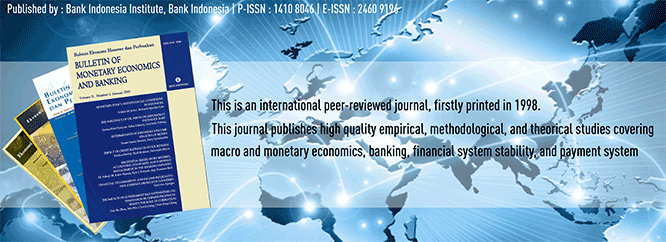
Document Type
Article
Abstract
This study examines the validity of the efficient market hypothesis for the cryptocurrency market. We have used the Exponential Generalized Autoregressive Conditional Heteroscedastic approach to examine the presence of different calendar anomalies i.e., the Halloween effect, day-of-the-week (DOW) effect, and month-of-the-year effect in the case of Bitcoin, Ethereum, XRP, Tether, and USD Coin. The findings show that there is no strong evidence of the Halloween effect. We find only robust Thursday and Saturday effects in the mean equation. In the case of the month-of-the-year effect, there is only a reverse January effect. More specifically, we note that April and February are statistically significant in the case of Bitcoin and Ethereum, respectively. Results obtained from the variance equations imply that September and October are the least risky months for investors.
Recommended Citation
Özcan, Rasim; KHAN, Asad ul Islam; and Iftikhar, Sundas
(2024)
"Whether The Crypto Market Is Efficient? Evidence From Testing The Validity Of The Efficient Market Hypothesis,"
Bulletin of Monetary Economics and Banking: Vol. 27:
No.
1, Article 5.
DOI: https://doi.org/10.59091/2460-9196.2227
Available at:
https://bulletin.bmeb-bi.org/bmeb/vol27/iss1/5
First Page
113
Last Page
132
Creative Commons License

This work is licensed under a Creative Commons Attribution-NonCommercial 4.0 International License
Country
Turkey
Affiliation
Istanbul University, Istanbul







